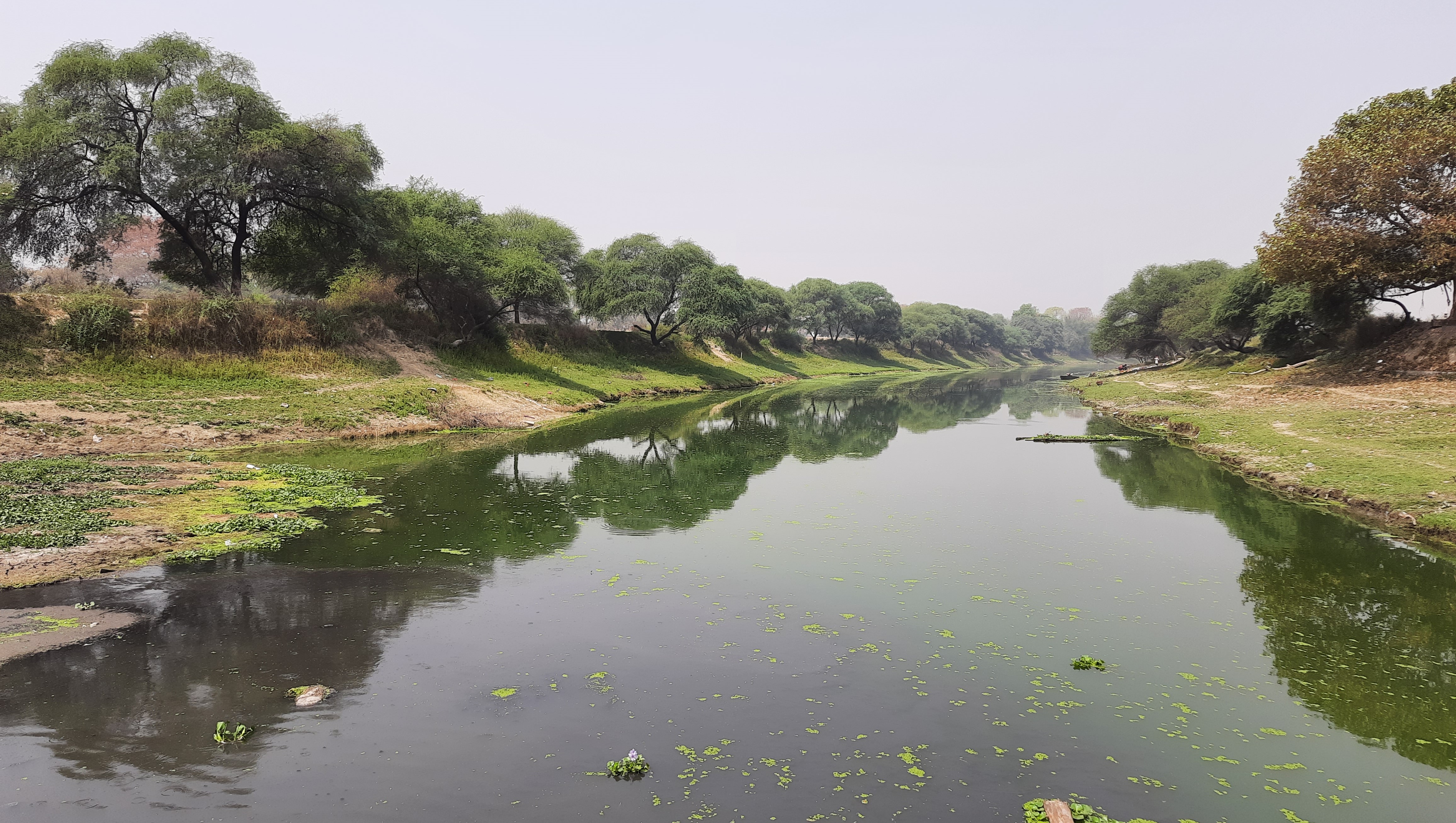
Education and Awareness
1. Introduction to Earth Conservation
Understanding the Earth: Begin by explaining the significance of Earth as our home. Discuss its diverse ecosystems, natural resources, and the delicate balance that sustains
Human Impact: Highlight how human activities like deforestation, pollution, and industrialization have disrupted this balance, leading to environmental challenges such as global warming, climate change, and loss of biodiversity.
The Importance of Conservation: Emphasize the need for conservation to protect our planet for future generations. Discuss the role of individuals, communities, and governments in making sustainable choices that benefit the environment.
2. Clean Rivers
Rivers as Lifelines: Explain the vital role rivers play in the ecosystem, supporting both human life and wildlife. Discuss how rivers provide drinking water, support agriculture, and sustain local economies.
Pollution of Rivers: Address the various sources of river pollution, including industrial waste, agricultural runoff, and plastic waste. Discuss the consequences of polluted rivers, such as the destruction of aquatic habitats, loss of biodiversity, and health risks to humans.
Efforts to Clean Rivers: Introduce students to successful river cleanup projects around the world. Discuss community involvement, government regulations, and technological innovations that help in keeping rivers clean.
Student Action: Encourage students to participate in local river cleanups, reduce their use of plastics, and advocate for policies that protect water bodies.
3. Water Conservation:
The Importance of Water: Explain that water is a finite resource essential for all forms of life. Discuss the global water crisis and the impact of water scarcity on communities, agriculture, and industries.
Ways to Conserve Water: Provide practical tips for water conservation, such as fixing leaks, using water-saving appliances, practicing rainwater harvesting, and adopting water-efficient landscaping.
The Role of Education: Highlight the importance of educating others about water conservation, especially in regions prone to droughts. Discuss how small actions at home can collectively make a significant difference.
Involvement in Water Conservation Projects: Encourage students to get involved in local or school-based water conservation projects, like building rain gardens, organizing awareness campaigns, or collaborating with local authorities to promote water-saving measures.
4. Waste Management:
Understanding Waste: Define waste management and its importance in keeping our environment clean and safe. Discuss the different types of waste, including organic, recyclable, hazardous, and e-waste.
The Impact of Improper Waste Disposal: Explain how improper waste disposal leads to pollution, health hazards, and contributes to climate change. Discuss the effects of landfills, incineration, and ocean dumping.
Reducing Waste: Introduce the 3Rs (Reduce, Reuse, Recycle) as key principles of waste management. Provide examples of how students can reduce waste in their daily lives, such as avoiding single-use plastics, composting organic waste, and recycling materials like paper and metal.
Innovative Waste Management Solutions: Discuss new technologies and methods for managing waste, such as waste-to-energy plants, recycling innovations, and biodegradable materials.
Community Involvement: Encourage students to participate in community cleanup drives, waste segregation programs, and campaigns promoting sustainable waste management practices.
5. Actionable Steps for Students:
Personal Responsibility: Teach students that change begins with individual action. Encourage them to adopt sustainable practices in their daily lives, such as using eco-friendly products, reducing energy consumption, and being mindful of their carbon footprint.
School and Community Projects: Motivate students to initiate or join environmental clubs in schools, participate in tree planting drives, and collaborate on projects that promote sustainability.
Advocacy and Awareness: Guide students on how to become advocates for environmental issues. This can include writing articles, creating posters, using social media to spread awareness, and engaging with local leaders to push for environmental policies.
6. Conclusion:
The Future is in Our Hands: Conclude by reinforcing the idea that the future of our planet depends on the actions we take today. Emphasize that every effort, no matter how small, contributes to a larger goal of preserving the Earth.
Lifelong Learning and Action: Encourage students to continue learning about environmental issues and to remain active participants in the global effort to protect and conserve the Earth’s resources.
7. Resources and Further Reading:
Provide a list of books, documentaries, websites, and organizations where students can learn more about Earth conservation, clean rivers, water conservation, and waste management. This could include links to environmental organizations, government websites, and educational platforms.


